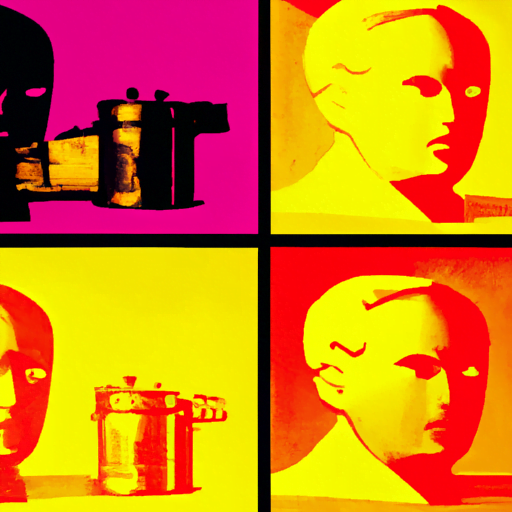-
Table of Contents
Otto Neurath: The Pioneer of Visual Communication
Visual communication is a powerful tool that transcends language barriers and allows for the efficient transmission of complex information. One of the pioneers in this field was Otto Neurath, an Austrian philosopher, sociologist, and economist. Neurath’s innovative approach to visual communication revolutionized the way information is presented and understood. In this article, we will explore the life and work of Otto Neurath, his contributions to visual communication, and the lasting impact of his ideas.
Early Life and Education
Otto Neurath was born on December 10, 1882, in Vienna, Austria. He came from a family of intellectuals, with his father being a well-known political economist. Neurath’s early exposure to intellectual discussions and debates shaped his interest in social and economic issues.
Neurath pursued his higher education at the University of Vienna, where he studied mathematics, political economy, and philosophy. During his time at the university, he became involved in various socialist and progressive movements, which further fueled his passion for social reform.
The Vienna Circle and Logical Positivism
After completing his studies, Neurath became associated with the Vienna Circle, a group of philosophers, scientists, and mathematicians who sought to establish a scientific foundation for knowledge. The Vienna Circle was at the forefront of the logical positivist movement, which aimed to eliminate metaphysical and speculative claims from philosophy.
Neurath’s involvement with the Vienna Circle had a profound influence on his thinking. He embraced the principles of logical positivism and applied them to his work in social and economic theory. Neurath believed that knowledge should be based on empirical evidence and logical analysis, rather than abstract speculation.
The Isotype Movement
One of Neurath’s most significant contributions to visual communication was the development of the Isotype (International System of Typographic Picture Education) method. The Isotype method aimed to create a universal language of symbols and pictograms that could convey complex information in a simple and accessible manner.
Neurath recognized the need for a visual language that could transcend linguistic and cultural barriers. He believed that by using standardized symbols and pictograms, information could be communicated more effectively to a wider audience. Neurath collaborated with artists and designers to create a comprehensive set of symbols that represented various concepts, objects, and actions.
The Isotype method was particularly influential in the field of public health. Neurath and his team used Isotype to create visual representations of statistical data related to public health issues, such as disease prevalence and vaccination rates. These visualizations allowed policymakers and the general public to grasp complex health information quickly and make informed decisions.
Case Study: The Vienna Method of Housing Research
An excellent example of Neurath’s use of visual communication can be seen in the Vienna Method of Housing Research. In the early 1920s, Neurath collaborated with social scientists and architects to study the living conditions of Vienna’s working-class population.
Using the Isotype method, Neurath and his team collected data on various aspects of housing, such as living space, sanitation facilities, and access to amenities. They then transformed this data into visual representations, including charts, diagrams, and maps.
The visualizations created by Neurath’s team allowed policymakers and urban planners to identify areas of improvement and develop targeted interventions. The Vienna Method of Housing Research became a model for social research and urban planning, demonstrating the power of visual communication in informing policy decisions.
Legacy and Impact
Neurath’s contributions to visual communication continue to influence various fields, including graphic design, information visualization, and data journalism. His emphasis on simplicity, clarity, and universality has shaped the way information is presented in the modern world.
Today, we see Neurath’s influence in the use of icons and symbols in user interfaces, the design of infographics and data visualizations, and the development of international standards for signage and wayfinding systems. Neurath’s ideas have also inspired contemporary designers and artists who seek to communicate complex ideas through visual means.
Key Takeaways
- Otto Neurath was a pioneer in the field of visual communication, developing the Isotype method to convey complex information through symbols and pictograms.
- Neurath’s work in visual communication had a significant impact on public health, social research, and urban planning.
- His emphasis on simplicity, clarity, and universality continues to shape the way information is presented in various fields.
- Neurath’s legacy can be seen in the use of icons and symbols in user interfaces, infographics, and international signage systems.
Conclusion
Otto Neurath’s innovative approach to visual communication has left an indelible mark on the way we present and understand information. His Isotype method revolutionized the field, allowing for the efficient transmission of complex ideas through symbols and pictograms. Neurath’s work continues to inspire designers, artists, and researchers, reminding us of the power of visual communication in shaping our understanding of the world.
